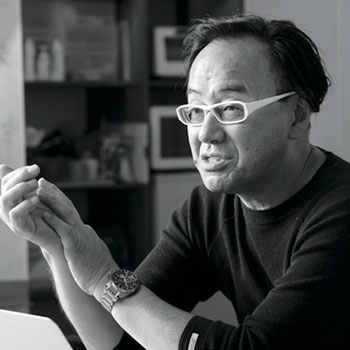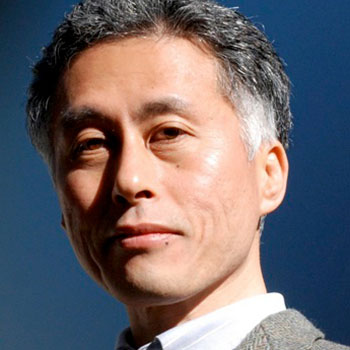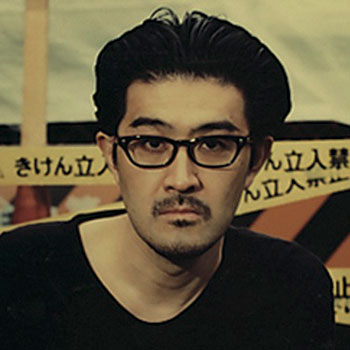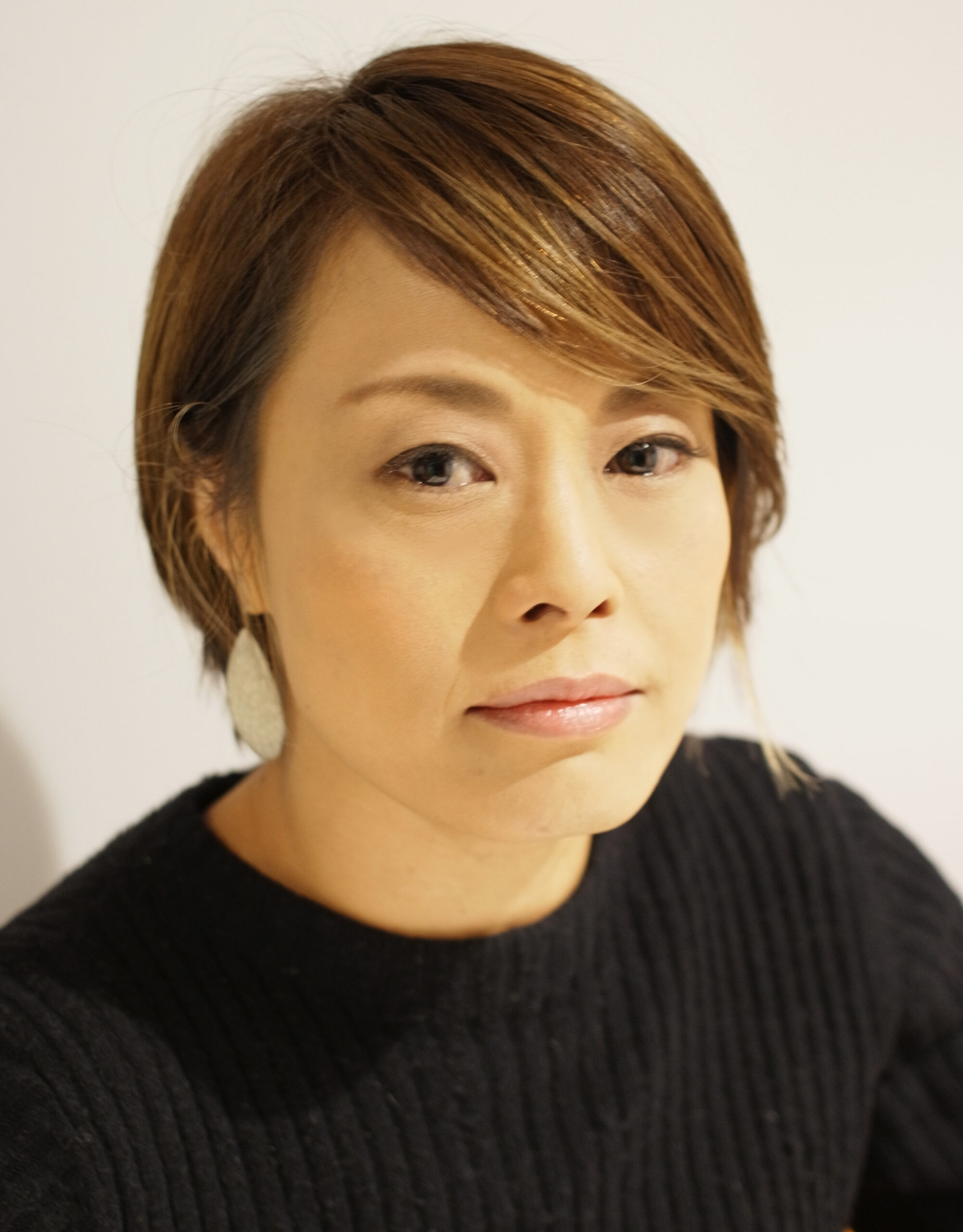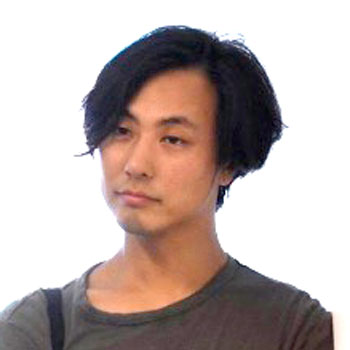Chikako Yamashiro, Professor
Contemporary video artist.
Born in Okinawa. Her works in photography, video and performance create visual investigations into the history, politics and culture of her homeland Okinawa. In recent years, she has taken the issue of Okinawa as a universal proposition that does not stop there, and has used the overlooked history and people of the East Asian region as her subject matter, her activities and thinking focus on the themes of the inheritance of the memories and experiences of others. Recent exhibitions include: a solo show, Yamashiro Chikako: The Song of The Land (Centro de Arte Moderna, Lisbon/Portugal), Flowers of Belau (Marugame Genichiro-Inokuma Museum of Contemporary Art, Kagawa, Japan, 2023), Reframing the land / mind / body-scape (Tokyo Photographic Art Museum, Tokyo, Japan, 2021), Chinbin Western ( Dundee Contemporary Arts ,Dundee, UK, 2021). She has received various awards including the Asian Art Award (2017), the Zonta prize at the International Short Film Festival Oberhausen (2018), and most recently, the Tokyo Contemporary Art Award (2020-2022), The 72nd new face award of Minister of Education Award for Fine Arts, Agency for Cultural Affairs, Government of Japan( 2022).

